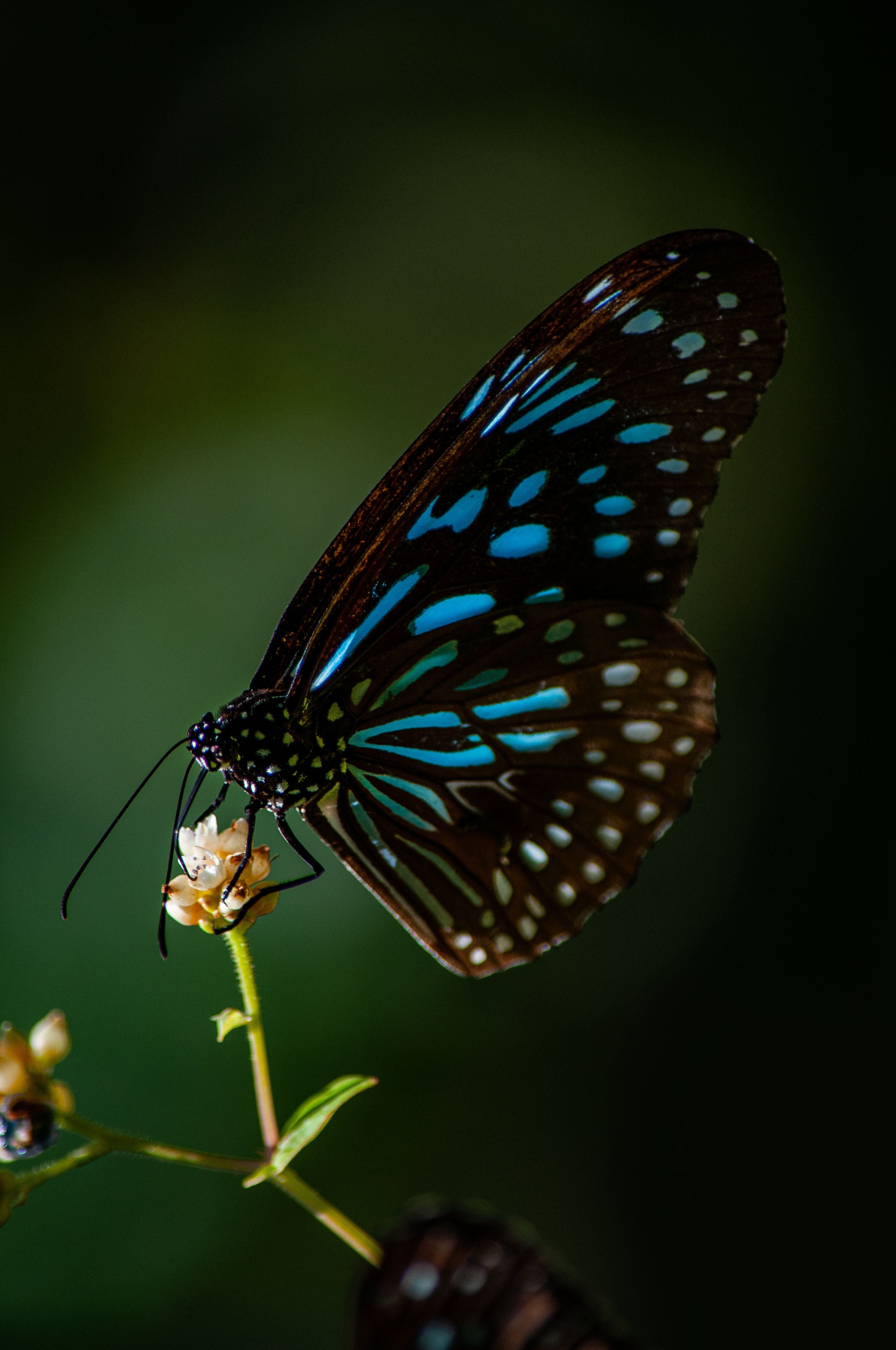Reprinted with permission from our Red River Apiarists' Association newsletter
At our January meeting someone asked me if I was Melissa, and I realized that some of our members don’t know why I call my newsletter offerings, “Melissa’s Musings”. So forgive me for repeating myself as I explain...
Bees and honey are mentioned in some of the oldest literature of the world, stretching as far back as 3500 BC, and possible even earlier. These writings are found in India, Egypt, and ancient Persia. In fact, Egypt is mentioned in the Old Testament as “flowing with milk and honey”. Agriculture came early to the lands surrounding the Mediterranean, and along with crops came flowers for the bees. In those early, pre-Christian days, the goddess was worshipped as the Great Mother. She had many names, one of which was Melissa. Melissa’s worker bees, or priestesses, were often called “the Melissae”, which simply means, “the bees”. By calling my articles by the name “Melissa’s Musing”, I like to imagine the ancient goddess and her helpers educate us modern day beekeepers.
At River Hills Farm and Apiary, we like to keep all our pulls separate and we give each one a name, e.g. “Solstice” honey for honey harvested on June 21 or thereabouts, and so on. One year we had “Blue Moon Honey”. We have taken to calling our last harvest “Melissa Honey” as a way of thanking the Queen and her ladies for all their hard work.
Patron Saint of Bees Gobnait
I find it interesting that ancient peoples of the Mediterranean area recognized a Queen bee, but later in Northern Europe of the 4th and 5th centuries, she was called the “King”, so somehow along the way the true nature of the Queen was lost or simply hadn’t reached northern Europe. I have just finished a book set in 5th century CE Ireland that featured St. Gobnait.
Gobnait, the patron saint of bees and beekeepers, was born in County Clare in Ireland in the fifth century CE. The story goes that she ran away from her home because of a family feud. She got as far as the Aran Islands to the west and North of County Clare, and while there she received a vision that she was start a convent in the place where she saw nine white deer grazing. So, she began to travel all over Ireland, from north to south, searching for such a place. In those days, Ireland would have been mostly forest and meadow and bog lands, with very little agricultural land. She found the deer at the place now known as St. Gobnet’s Wood, in what is now County Cork. The place is called Ballyvourney. There she founded a convent. It was early days for Christianity in Ireland, and she had to navigate the shifting loyalties and customs of the time. Bees were already recognized as special creatures in the land. The Celts believed that the human soul left the body as a bee or butterfly at death.
St Gobnait discovered that she had an affinity with bees, and it was she who tended the hives at Ballyvourney. She used beeswax for the candles and honey as a healing ointment. In those days there were many feuding clans, each with their own king, who frequently undertook cattle raids on neighboring areas. When one such group rustled the convent cattle who were grazing in a meadow near the convent buildings, it is said that Gobnait summoned her bees. The bees flew towards the rustlers and began to sting them, forcing them to return the cattle.
It is this legend that inspired the famous stained glass window that Harry Clarke designed in 1915 and installed in 1916 in the Honan Chapel, Cork. In it Gobnait is shown in half profile, wearing an elaborate royal blue robe, a silver cloak and an extensive veil. The borders of the central glass panel are lined with blue and magenta colored beads. The background of the window contains honeycomb-shaped lozenges. Bees circle around the saint.

February 11 is St Gobnait’s feast day. I am curious to think about how she obtained the honey, lacking a modern extractor. Did she simply let the honey drip out of the comb? I imagine there would be no worry about moisture content and keeping honey for long periods of time. Honey was considered such a powerful aid to health and healing that it would be used up quickly. Today, most of us have enough honey to last us almost until the next year’s extraction.
Mary Chown, professional storyteller.
Find Mary's website here:




